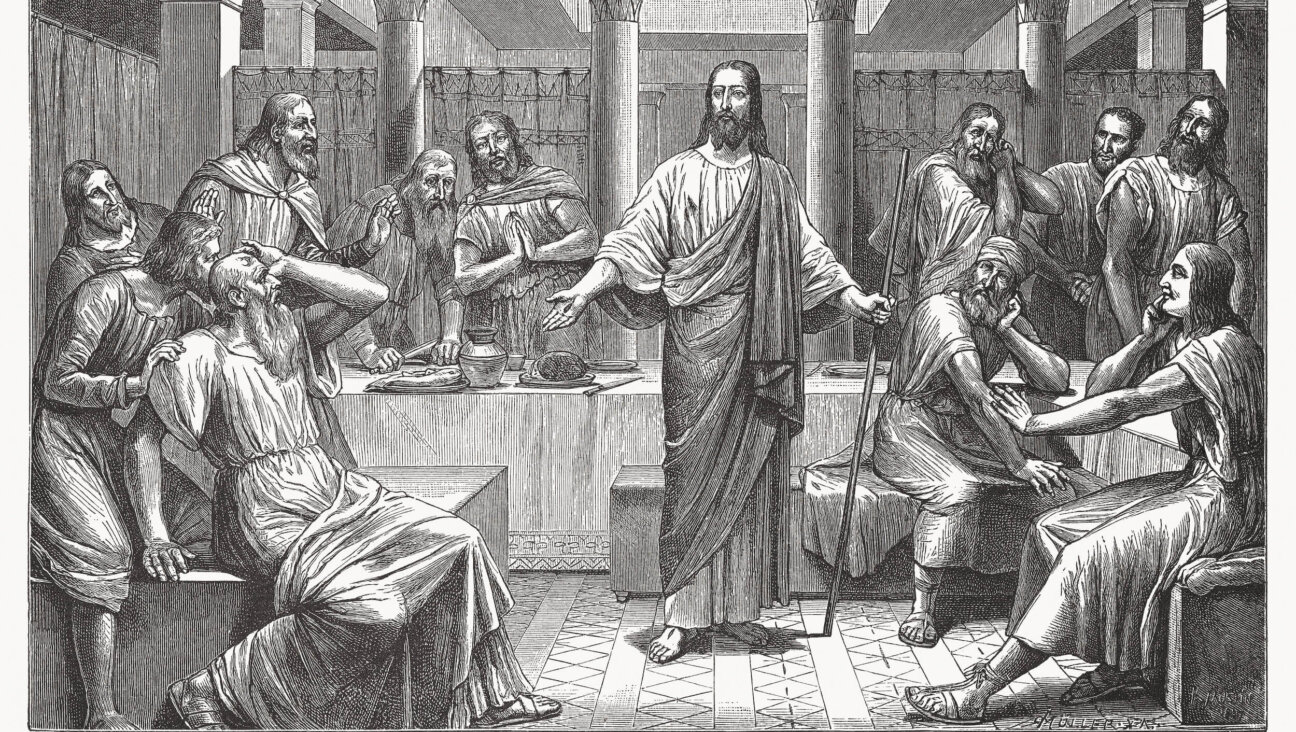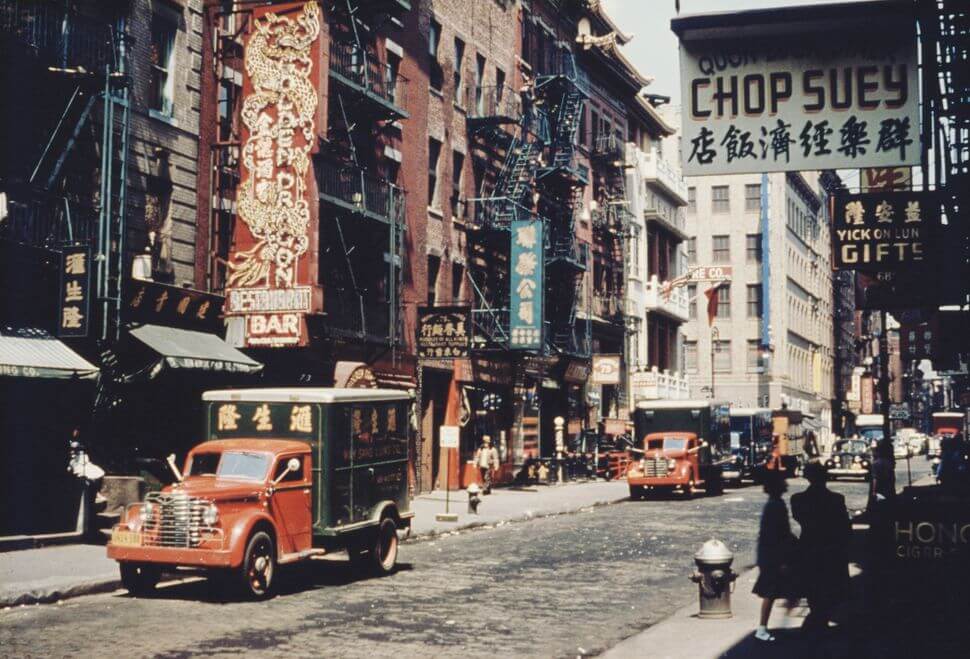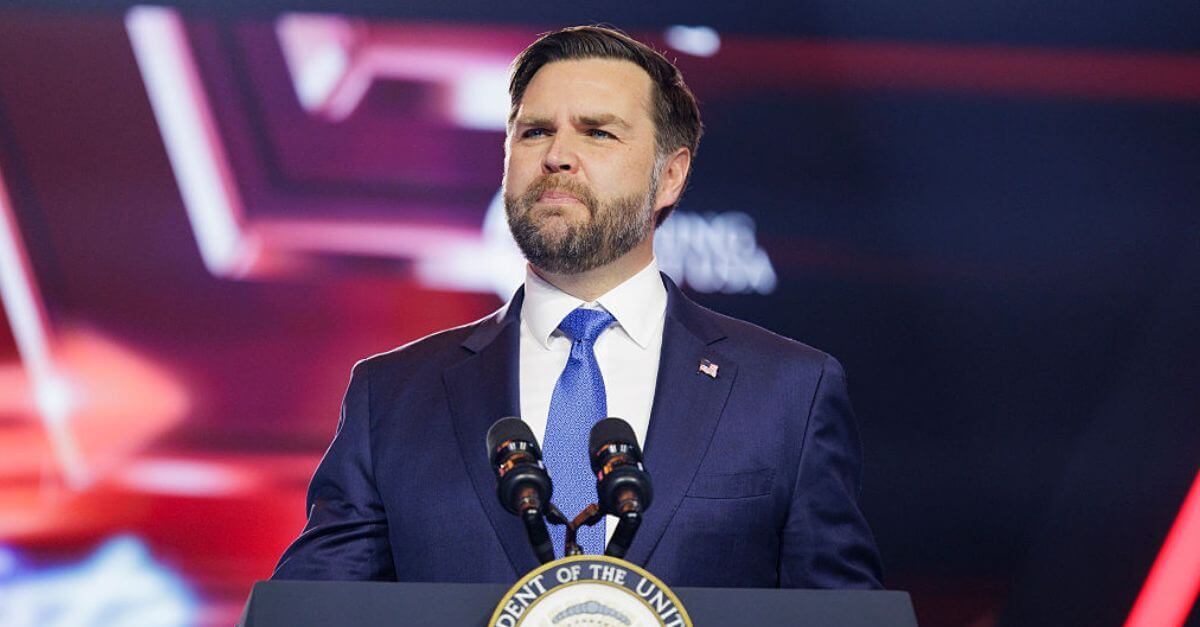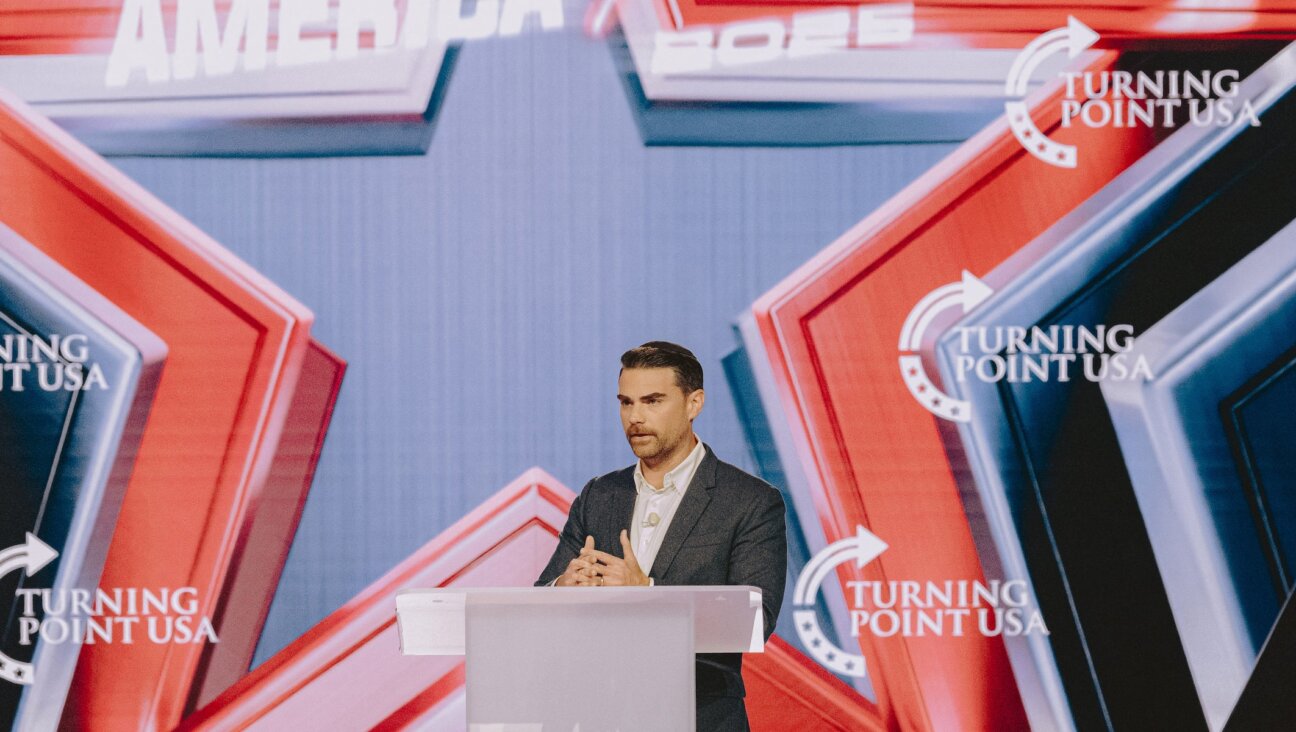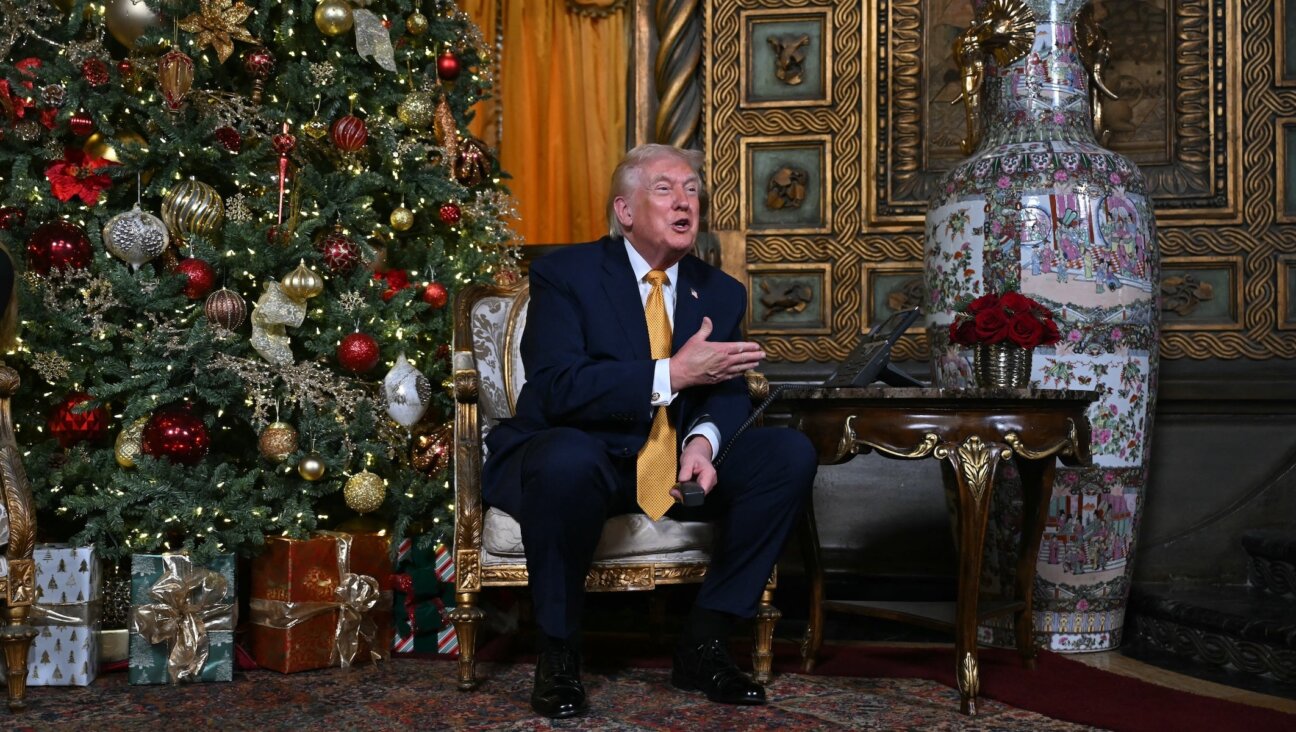Trump’s attacks on the Smithsonian come straight from the Nazi playbook
For Hitler, making Germany great again was synonymous with censoring broad swaths of German culture
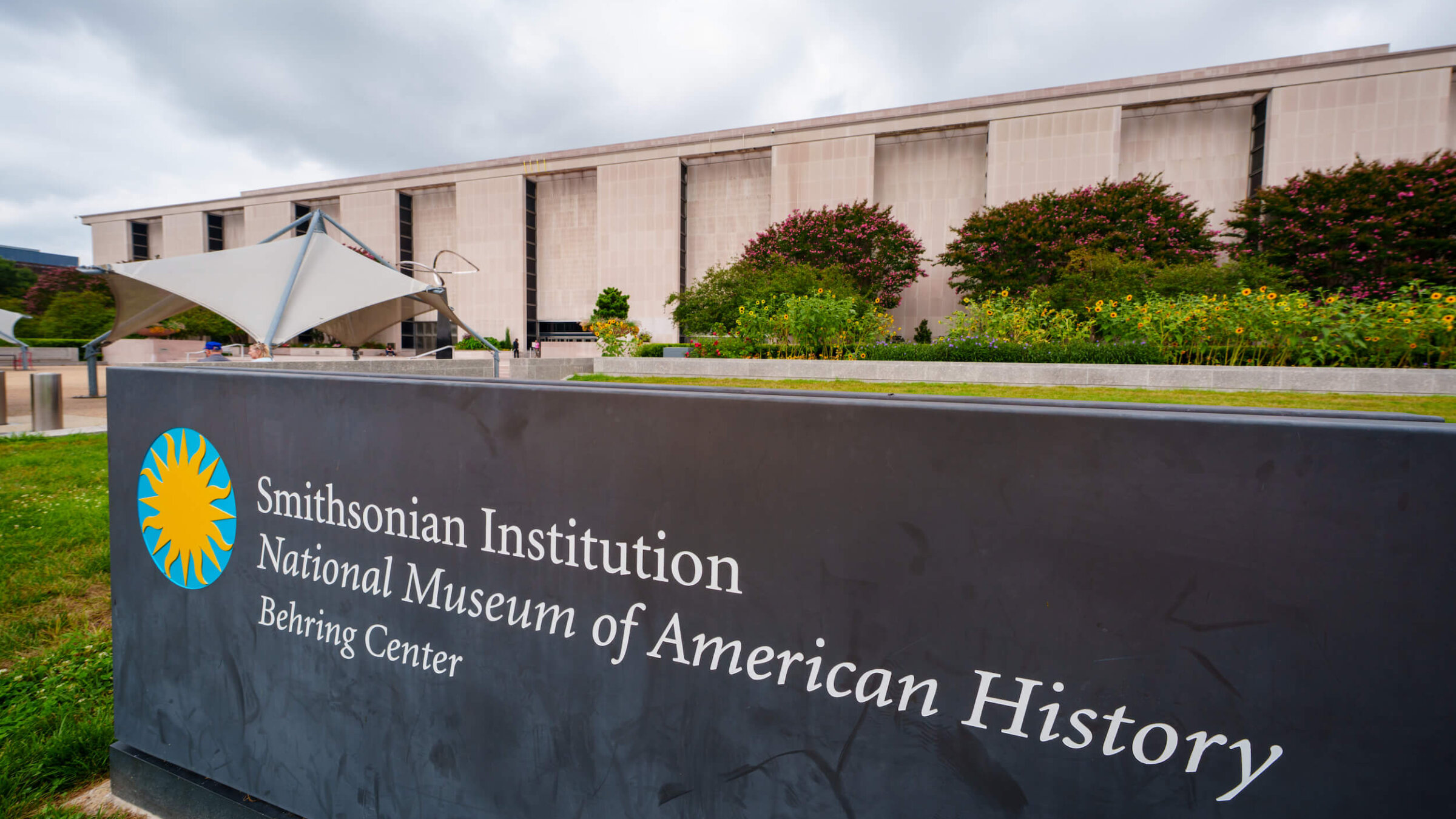
A sign marks the location of the Smithsonian National Museum of American History on the National Mall on Aug. 20. Photo by J. David Ake/Getty Images
“The Museums throughout Washington, but all over the Country are, essentially, the last remaining segment of ‘WOKE,’” President Donald Trump posted on Truth Social, the social media network he owns, on Tuesday. “The Smithsonian is OUT OF CONTROL…. where everything discussed is how horrible our Country is, how bad Slavery was.”
It was the latest in a long line of attacks Trump has made on the Smithsonian, a network of 21 museums based in Washington, D.C., since taking office. In June, Kim Sajet, then the director of the Smithsonian-overseen National Portrait Gallery, resigned, following Trump’s attempt to fire her for being, in his words, “a highly partisan person, and a strong supporter of DEI.” Then, on Aug. 12, the White House issued a letter to the Smithsonian announcing it would begin a “comprehensive initial review” of selected Smithsonian museums to “ensure alignment with the President’s directive to celebrate American exceptionalism” and “remove divisive or partisan narratives.” Following up on Trump’s post, a White House official stated that Trump “will explore all options and avenues to get the Woke out of the Smithsonian and hold them accountable.”
This routing out of undesirable leaders and content from a country’s museums has precedent in Nazi Germany — a link that becomes even more apparent when we consider Trump’s own hatred of modern art and architecture.
“I’ve always felt that a lot of modern art is a con,” Trump wrote in his 1987 book, The Art of the Deal. In 2016, he said of modern art shown in a Brooklyn Museum exhibition that “it’s not art. It’s absolutely gross, degenerate stuff.”
His use of the word “degenerate” was particularly significant. “Degenerate art” — or, in German, “entartete kunst” — was a term coined by the Nazi Party in the 1920s to describe modern art, which was seen as antithetical to the Nazi project.
In 1931, as Hitler was leading the Nazi Party to unprecedented success in German parliamentary elections, he announced that he would “release a tornado” against modern art. Upon his appointment as chancellor of Germany in 1933, he announced a new policy specifying that “all artistic productions with cosmopolitan or Bolshevik tendencies must be thrown out of German museums and collections.”
In 1937, under the direction of propaganda minister Joseph Goebbels, the Nazis seized more than 16,000 modern artworks from German museums. A portion of those were burned, while 650 were shown in the infamous 1937 Entartete Kunst exhibition, some bearing a red price tag calling out the museum official who bought the piece and how much they paid for it. In a speech to inaugurate the neighboring House of German Art — which opened a day before the Entartete Kunst exhibition — Hitler clarified that art styles he saw as “degenerate” “have nothing to do with our German people.” The Entartete Kunst exhibit emphasized that its contents showed that Germany was going through a “cultural decline,” and their creators were not contributing to the restoration of German “greatness.”
Among them were paintings by renowned artists like Wassily Kandinsky, Piet Mondrian and Edvard Munch. One room — titled “Offenbarung der jüdischen Rassenseele” (“Revelation of the Jewish racial soul”) — was dedicated to Jewish painters, including Marc Chagall. The original Munich exhibition was so popular, it went on a multi-year tour around Germany and was seen by millions of people. Eventually, Hitler’s quest to make Germany great again led to the systematic looting of Jewish-owned art collections all over occupied Europe.
I dug into this aspect of the Third Reich for my recent book The Art Spy: The Extraordinary Untold Tale of WWII Resistance Hero Rose Valland, about a curator who resisted Hitler. And I’m troubled by the extent to which Trump’s actions against cultural institutions, including the Smithsonian, echo this history.
Two months into Trump’s second term, he signed the executive order “Restoring Truth and Sanity to American History,” which articulated the goal of restoring “Federal sites dedicated to history, including parks and museums, to solemn and uplifting public monuments that remind Americans of our extraordinary heritage.”
That laid the groundwork for his newly proposed comprehensive review of Smithsonian institutions, including the National Portrait Gallery, Smithsonian American Art Museum, National Museum of African Art, National Museum of Asian Art and National Museum of Natural History. The order contends that a “revisionist movement” has cast America’s history as “inherently racist, sexist, oppressive, or otherwise irredeemably flawed.”
“Rather than fostering unity and a deeper understanding of our shared past,” it says, “the widespread effort to rewrite history deepens societal divides and fosters a sense of national shame.”
That sounds an awful lot like the Nazis’ “degenerate” rhetoric. As Hitler stated in his speech at the House of German Art, the aim of the Nazi Party was the “freeing the German Reich, and thus our people and their life, from all those influences that are pernicious to our existence.” Trump now appears to be aiming for the removal and censoring of historical narratives of minority Americans — particularly those that do not align with this country’s “exceptionalism.”
The administration appears willing to go to great lengths to enforce its vision of U.S. history and purify the national museums of anything it deems anti-American or as casting the United States’ “founding principles and historical milestones in a negative light.” But whether it succeeds in doing so depends on how well the Smithsonian’s leaders have learned the lessons of history.
Take the example of Hans Posse, the director of the prestigious Old Masters Picture Gallery in Dresden, who in 1937 heard Hitler’s speech around the opening of the Entartete Kunst exhibit and quickly removed the remaining “degenerate” paintings on view in his museum.
Posse was known to have a soft spot for German expressionists, had created a modern art division in the museum, and had curated three major modern art exhibitions. Nevertheless, to save his position, he assiduously implemented Hitler’s new rules. He shut down the museum’s modern art division and refocused his efforts on a new building for German painting in line with Third Reich ideology. Posse also cleverly rewrote his past, detaching himself where possible from the modern art collection at the museum, which included paintings by Gustav Klimt, Chagall, Kandinsky and others.
The Smithsonian has, troublingly, already removed references to Trump’s impeachments from its exhibits. After Trump’s Aug. 12 announcement, Lonnie Bunch, secretary of the Smithsonian, wrote in an email to colleagues that “The Smithsonian will always be shaped by scholarship and guided by our core values … I have the greatest faith in your ability to persevere and effectively represent an institution whose goal is simply to help a nation better understand its past, produce and convey the most accurate science and scholarship, and serve the greater good.”
I hope Bunch and his fellow Smithsonian leaders will learn from Posse’s example. Despite Posse’s rebranding efforts, he was targeted by eager local politicians and forced to retire early. But in a stroke of good fortune, Hitler’s personal art dealer intervened on his behalf, allowing Posse to not only keep his job but be appointed curator of Hitler’s grandest artistic project, the Führermuseum to be built in Linz, Austria.
All of that might have seemed well and good at the time. But Posse’s legacy was ultimately deeply tainted by his compliance with the Nazis.
We will soon see if the Smithsonian stands up for its ideals or, like Posse, jeopardizes its historical standing by falling in line. “We have the ‘HOTTEST’ Country in the World, and we want people to talk about it, including in our Museums,” Trump posted. In the end, Posse died of oral cancer and Hitler’s Führermuseum was never built. Now, as then, only time will tell what exactly people will be talking about regarding Trump’s siege on American culture — and the institutions that faced the choice of whether to resist him.
